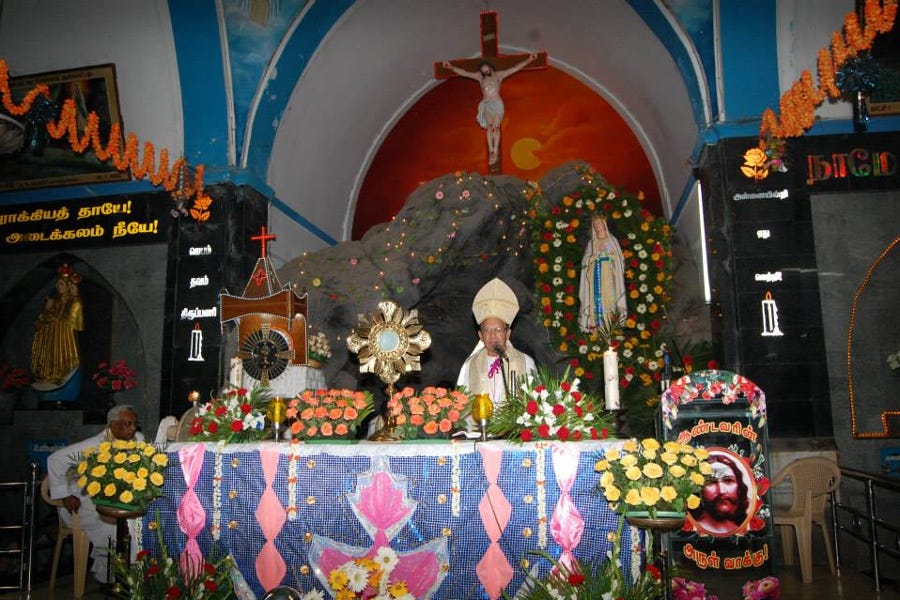Does India have enough Latin Catholic bishops?
Latin Catholics in India have eight vacant dioceses, with more on the horizon
Pope Francis appointed six new bishops Saturday to Latin Catholic dioceses in India. It was the second batch of six new prelates for the Latin Church in India in 2024.

No other country in the world has …
